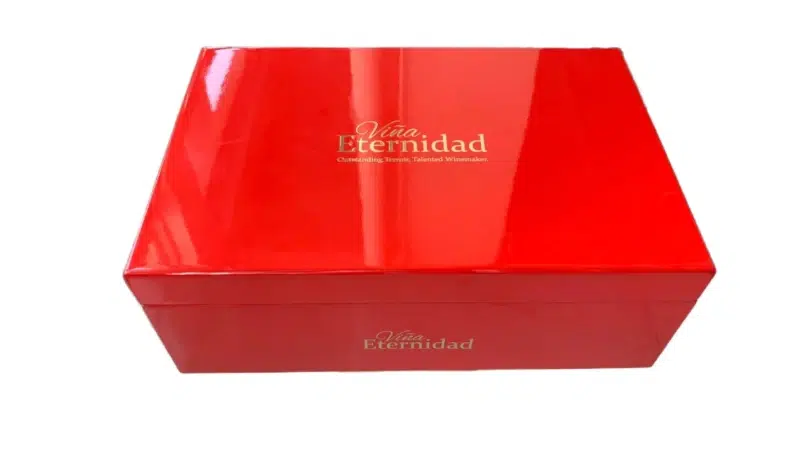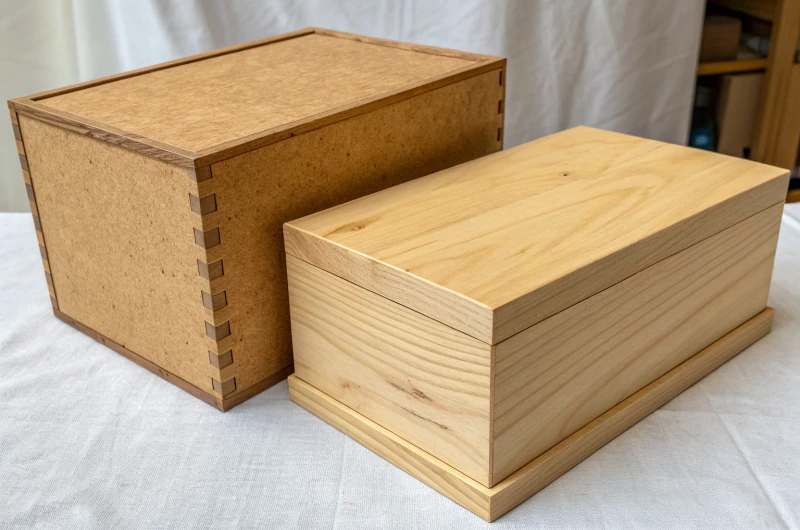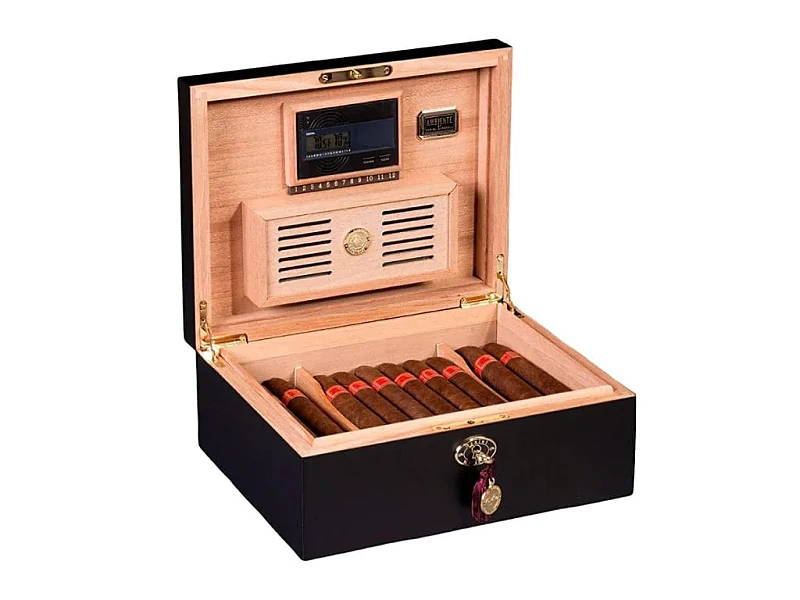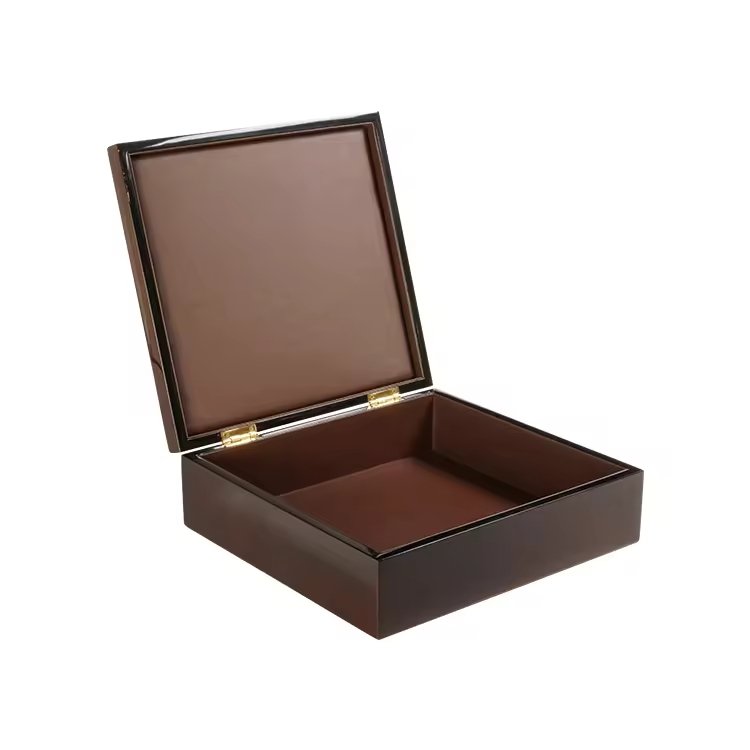
يعد ضمان وصول المنتجات إلى العملاء في حالة نقية أمرًا بالغ الأهمية للحفاظ على سمعة العلامة التجارية ورضا العملاء. يعد تنفيذ تدابير الحماية المناسبة أثناء التصنيع والتخزين والنقل أمرًا ضروريًا لمنع تلف السطح.
يعد اختيار أغشية وطرق الحماية المناسبة أمرًا حيويًا لحماية المنتجات ذات التشطيبات الدقيقة.
ما هي أنواع الرقائق الواقية الأنسب للطلاءات شديدة اللمعان أو الطلاءات المطلية بالورنيش؟
تتطلب الأسطح شديدة اللمعان والأسطح المطلية بالورنيش أغشية واقية متخصصة لمنع الخدوش والخدوش والأضرار الأخرى. تشمل الأغشية الواقية المثالية لهذه الأسطح ما يلي:
-
أغشية البولي يوريثين1: توفر هذه الرقائق مرونة وقابلية ممتازة للتوافق، مما يوفر حماية قوية دون المساس بمظهر السطح. وهي فعالة بشكل خاص للتشطيبات شديدة اللمعان. :contentReference[oaicite:0]{index=0}
-
أغشية البولي إيثيلين (PE)2: يشيع استخدام الأغشية الواقية المصنوعة من البولي إيثيلين البولي إيثيلين نظرًا لمتانتها وفعاليتها من حيث التكلفة. وهي مناسبة لمختلف الأسطح، بما في ذلك الأسطح المطلية بالورنيش، ويمكن تخصيصها من حيث السُمك وقوة اللصق لتتناسب مع احتياجات الحماية المحددة. :contentReference[oaicite:1]{index=1}
-
أفلام لاصقة ذاتية اللصق3: صُممت الرقائق ذاتية اللصق لتلتصق بإحكام دون ترك بقايا عند إزالتها، وهي مثالية للحماية المؤقتة أثناء المعالجة أو التخزين أو النقل. :contentReference[oaicite:2]{index=2}
يضمن اختيار الغشاء المناسب بقاء السطح خالياً من الشوائب طوال فترة المناولة والتسليم.
كيف تختار بين الرقائق اللاصقة والرقائق اللاصقة للأسطح المختلفة؟
يعتمد الاختيار بين الرقائق اللاصقة والرقائق اللاصقة الثابتة على نوع السطح ومستوى الحماية المطلوب:
-
الأفلام اللاصقة4: تستخدم هذه الرقائق مادة لاصقة خفيفة للالتصاق بالأسطح، مما يوفر حماية موثوقة أثناء التصنيع والنقل. وهي مناسبة للأسطح التي تتحمل الحد الأدنى من التلامس اللاصق وتتطلب تغطية آمنة.
-
أفلام ستاتيك-كلينغ5: بالاعتماد على الكهرباء الساكنة للالتصاق، تعتبر هذه الرقائق مثالية للأسطح الحساسة للغاية حيث تكون البقايا اللاصقة مصدر قلق. وهي سهلة التركيب والإزالة ولكنها قد لا توفر نفس مستوى الالتصاق الذي توفره الأغشية اللاصقة.
ضع في اعتبارك حساسية السطح وظروف المعالجة لتحديد نوع الفيلم الأنسب.
هل يمكن للألواح الإسفنجية، أو غلاف الفقاعات، أو القماش غير المنسوج أن يضيف حماية إضافية دون ترك علامات؟
نعم، يمكن أن تعزز مواد الحماية الإضافية حماية السطح:
-
صفائح الرغوة6: يوفر توسيداً ضد الصدمات ولطيفاً على الأسطح الرقيقة، مما يقلل من خطر الخدوش.
-
غلاف فقاعي7: توفر امتصاصاً ممتازاً للصدمات ولكنها قد تترك آثاراً على الأسطح شديدة اللمعان إذا تم لفها بإحكام شديد.
-
أقمشة غير منسوجة8: هذه المادة ناعمة وخالية من الوبر وتحمي من الخدوش ومناسبة لتغليف الأغراض الحساسة.
يمكن أن يوفر استخدام هذه المواد جنباً إلى جنب مع الأغشية الواقية حماية شاملة دون المساس بجودة السطح.
كيف يجب تغليف الصناديق أو وضعها في طبقات لتجنب الاحتكاك أو التلف الناتج عن الضغط أثناء النقل؟
تعتبر تقنيات التغليف والطبقات المناسبة ضرورية لمنع التلف أثناء النقل:
-
التغليف الأولي: قم بتغطية المنتج بطبقة واقية مناسبة لحماية السطح.
-
طبقة توسيد9: أضف صفائح رغوية أو قماش غير منسوج لتوفير حاجز ناعم ضد الضغوط الخارجية.
-
الحماية الخارجية10: استخدم غلاف فقاعي أو رغوة إضافية لامتصاص الصدمات والاهتزازات.
-
التنسيب الآمن: تأكد من ملاءمة المنتج المغلف بإحكام داخل صندوق الشحن لتقليل الحركة.
يقلل هذا النهج متعدد الطبقات من مخاطر الاحتكاك وتلف الضغط أثناء النقل.
ما هو التوقيت المثالي لتطبيق الأغشية وإزالتها أثناء عملية الإنتاج؟
توقيت تطبيق وإزالة أغشية واقية11 يمكن أن تؤثر بشكل كبير على فعاليتها:
-
التطبيق: ضع الأغشية الواقية مباشرة بعد تشطيب السطح12 تمت معالجته وتبريده لمنع التلوث وضمان الالتصاق الأمثل.
-
الإزالة: قم بإزالة الرقائق قبل الفحص النهائي13 أو العبوة للحفاظ على سلامة السطح. تجنب الاستخدام لفترات طويلة، لأن التعرض الطويل قد يجعل الإزالة صعبة وقد يترك بقايا. :contentReference[oaicite:3]{index=3}
يضمن الالتزام بالتوقيت المناسب حماية السطح دون المساس بالجودة.
كيف تضمن عدم تأثير مواد الحماية على العرض النهائي أو تجربة فتح العلبة؟
للحفاظ على تجربة فتح علبة ممتازة:
-
مواد خالية من المخلفات14: اختر الأغشية والمواد الواقية التي تضمن إزالة نظيفة دون ترك بقايا أو علامات لاصقة.
-
التطبيق السليم15: تأكد من وضع المواد الواقية بسلاسة دون تجاعيد أو فقاعات، والتي يمكن أن تنتقص من مظهر المنتج.
-
تصميم مدروس للتغليف والتعبئة والتغليف16: تصميم عبوات تسمح بإزالة المواد الواقية بسهولة، مما يعزز تجربة فتح العلبة لدى العميل.
من خلال اختيار المواد الواقية وتطبيقها بعناية، يمكنك ضمان توافق عرض المنتج مع توقعات العلامة التجارية وإسعاد العملاء عند فتح العلبة.
اسم العلامة التجارية: وودوبوكس
الشعار: صناديق خشبية مصممة حسب الطلب، مصنوعة بإتقان
الموقع الإلكتروني: www.woodobox.com
-
استكشف مزايا أغشية البولي يوريثان لفهم كيفية حمايتها للأسطح شديدة اللمعان بفعالية. ↩
-
تعرف على مدى متانة أفلام البولي إيثيلين البولي إيثيلين للأسطح المطلية وخيارات التخصيص الخاصة بها. ↩
-
اكتشف كيف توفر الأفلام ذاتية اللصق حماية آمنة وخالية من البقايا لمختلف التطبيقات. ↩
-
استكشف مزايا الأفلام اللاصقة لفهم موثوقيتها وملاءمتها للأسطح المختلفة. ↩
-
تعرّف على أغشية الستاتيك-كلينغ لمعرفة كيف يمكنها حماية الأسطح الحساسة دون ترك بقايا. ↩
-
اكتشف كيف يمكن للألواح الإسفنجية توفير توسيد وحماية الأسطح الرقيقة بفعالية. ↩
-
تعرّف على المخاطر المحتملة لاستخدام اللفائف الفقاعية على العناصر اللامعة وكيفية التخفيف من حدتها. ↩
-
اكتشف مزايا الأقمشة غير المنسوجة في الحماية من الخدوش وملاءمتها للأغراض الحساسة. ↩
-
استكشف هذا الرابط لاكتشاف مواد التبطين الفعالة التي يمكن أن تحمي أغراضك أثناء النقل. ↩
-
تعرف كيف يمكن لطرق الحماية الخارجية أن تقلل بشكل كبير من مخاطر التلف أثناء الشحن. ↩
-
يمكن أن يؤدي فهم أفضل الممارسات للأغشية الواقية إلى تحسين جودة المنتج وكفاءة عمليات الإنتاج. ↩
-
يمكن أن يساعد استكشاف العلاقة بين تشطيب السطح والأغشية الواقية في تحسين توقيت التطبيق والالتصاق. ↩
-
إن معرفة توقيت إزالة الغشاء يمكن أن يضمن سلامة المنتج وجودته خلال مرحلة الفحص النهائي. ↩
-
استكشف هذا الرابط لاكتشاف أفضل المواد الخالية من البقايا التي تعزز عرض منتجك دون ترك علامات. ↩
-
تعرّف على أفضل التقنيات لتطبيق المواد الواقية لضمان تجربة فتح العلبة بدون عيوب. ↩
-
افهم أهمية التصميم المدروس للتغليف في خلق تجربة لا تنسى للعملاء عند فتح العلبة. ↩





